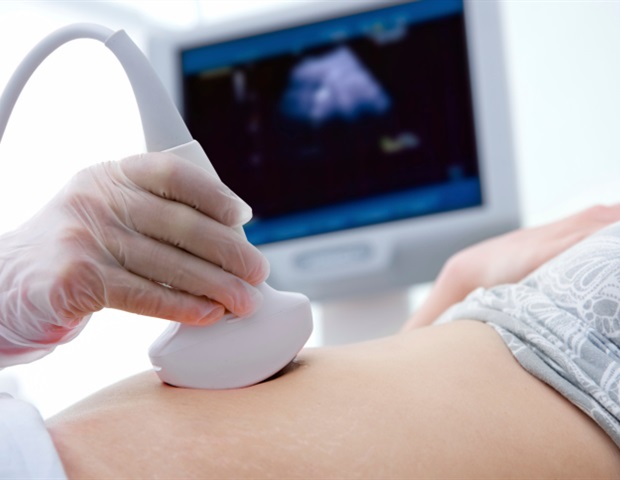
Announcing a new article publication for BIO Integration journal. Primary hepatic lymphoepithelioma-like carcinoma (LELC) is a malignant tumor with a low incidence, but the number of case reports has increased in recent years. The prognosis of hepatic LELC is better than hepatocellular carcinoma (HCC). The differentiation between hepatic LELC and HCC has clinical value during follow-up treatment. The purpose of our study was to compare contrast-enhanced ultrasound (CEUS) imaging features in patients with hepatic LELC and HCC.
Twelve patients with an average age of 60.1±9.5 years and histopathologically confirmed hepatic LELC were included in the study. Forty-three patients with an average age of 57.4±9.0 years and a histopathological diagnosis of HCC were designated as the control group by means of propensity score matching (1:4). The clinical data, B-mode ultrasound (BMUS), and CEUS features were retrospectively analyzed between patients with hepatic LELC and HCC.
The serum a-fetoprotein (58.1% [25/43] vs.16.7% [2/12]; p=0.017) and des-gamma-carboxy prothrombin levels (74.4% [32/43] vs.16.7% [2/12]; p=0.001) were not significantly elevated in patients with hepatic LELCs compared to HCCs. LELCs were mainly hypoechoic based on BMUS, while the echogenicity of HCCs varied (p=0.016). A halo sign was less common in patients with hepatic LELCs than HCCs (16.7% [2/12] vs. 58.1% [25/43]; p=0.011). Of hepatic LELCs, 75% (9/12) had homogeneous hyperenhancement based on CEUS, whereas 58.1% (25/43) of HCCs had heterogeneous hyperenhancement (p=0.004). Early washout was noted in 91.7% (11/12) of hepatic LELCs compared to 46.5% (20/43) of HCCs (p=0.005). Furthermore, hepatic LELCs were more likely to exhibit peripheral rim-like hyperenhancement (83.3% [10/12] vs. 11.6% [5/43]; p < 0.001).
BMUS and CEUS are helpful in discriminating between hepatic LELC and HCC. A hypoechoic mass, the rare halo sign, homogeneous hyperenhancement in the arterial phase, higher frequencies of early washout, and peripheral rim-like hyperenhancement are useful ultrasound features that can help differentiate hepatic LELCs from HCCs.
Source:
Journal reference:
Qin, H., et al. (2024) Contrast-Enhanced Ultrasound Features of Primary Hepatic Lymphoepithelioma-Like Carcinoma: Comparison with Hepatocellular Carcinoma. BIO Integration. doi.org/10.15212/bioi-2023-0019.
Post Disclaimer
The information contained in this post is for general information purposes only. The information is provided by "Comparing CEUS imaging features in patients with hepatic lymphoepithelioma-like carcinoma and HCC "and while we endeavour to keep the information up to date.
Legal Disclaimer
We do not claim to cure any disease which is considered’ incurable ‘ on the basis of scientific facts by modern medicine .The website’s content is not a substitute for direct, personal, professional medical care and diagnosis. None of the medicines mentioned in the posts ,including services mentioned at "medicineguide.us" should be used without clearance from your physician or health care provider.
Testimonials Disclaimer– : Results may vary, and testimonials are not claimed to represent typical results. The testimonials are real, and these patients have been treated with homeopathy treatment from our clinic . However, these results are meant as a showcase of what the best, Medicine can do with their disease contions and should not be taken as average or typical results.